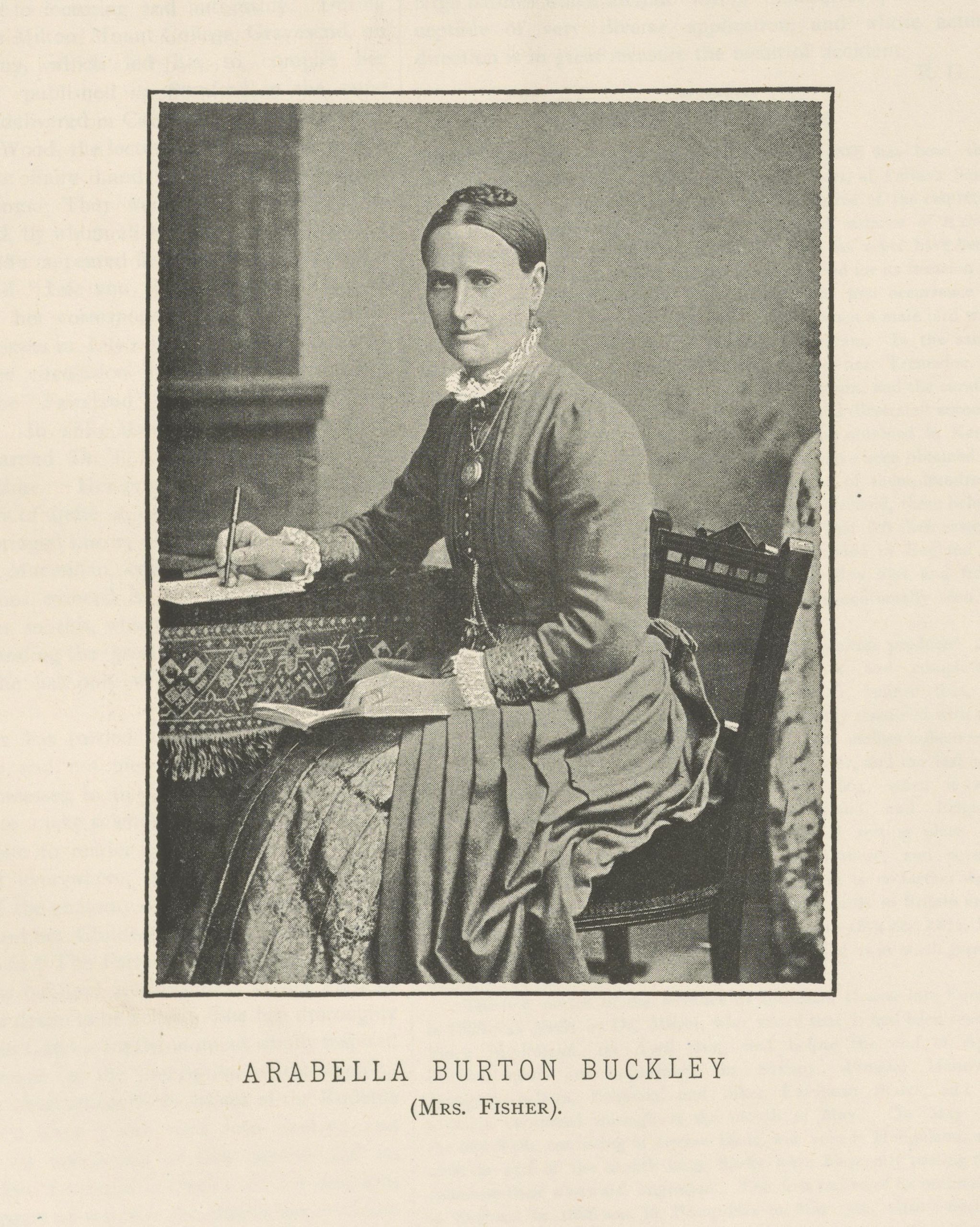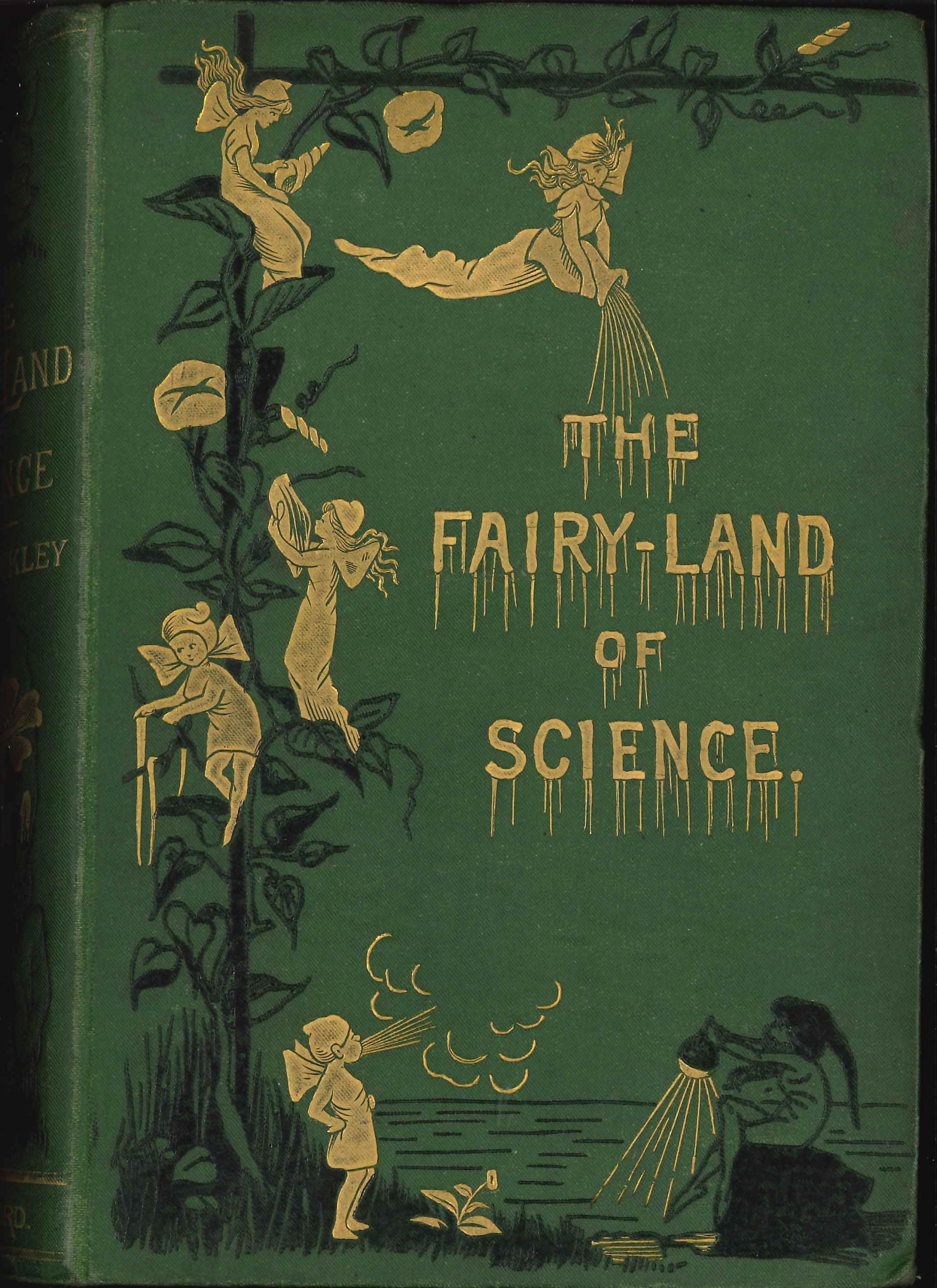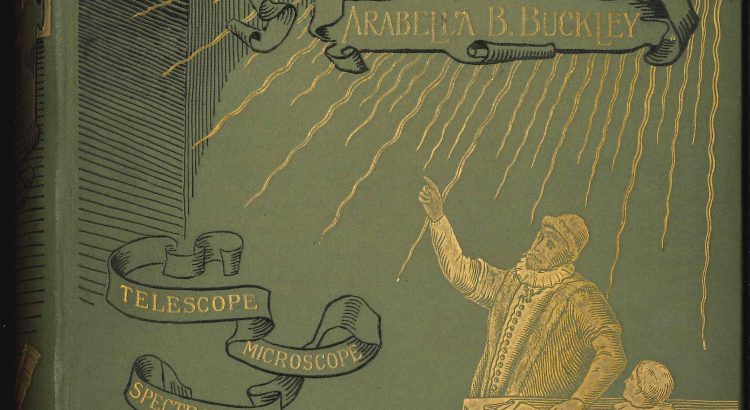Women are still relatively under-represented in the fields of science, technology engineering and mathematics (STEM). Why is this so? Unfortunately, there are still negative stereotypes surrounding nerdy scientists, and there is a lack of encouragement and awareness for girls potentially interested in studying science subjects.
What we see today as a gender gap to be closed was a yawning gulf 150 years ago. Victorian women were not supposed to be interested in science. Male-dominated society saw them predominantly as wives, mothers and homemakers. Studies of human anatomy had revealed that women had smaller-sized brains than men, so the conventional thinking was that women couldn’t cope with big scientific ideas.
Thankfully, the achievements of women scientists in 19th-century Britain, such as Caroline Herschel, Ada Lovelace, Jane Marcet, and Mary Somerville, showed how wrong these attitudes were. Another name should be added to this list of female pioneers, Arabella Buckley.
Working with Sir Charles Lyell
Arabella Burton Buckley (1840-1929) grew up in London, the daughter of a vicar. She seemed to be set for a conventional middle-class life of parochial work in support of her father. However, her life changed radically in 1864 when she became the secretary and literary assistant to Sir Charles Lyell. The eminent Scottish geologist was immediately impressed by Arabella’s organisational skills and neat handwriting. These turned out to be the least of her many accomplishments.

Buckley became indispensable to Lyell, not just in organising his correspondence, but also in proof-reading, indexing and illustrating his various scientific publications. She spent four hours a day working in Lyell’s London home and became personally acquainted with the leading scientists of the age, who were all regular visitors. Whereas most women were excluded from scientific circles, Arabella eagerly seized the opportunity provided by her job to learn about the latest scientific theories.
Darwin and evolution
One of Lyell’s visitors was Charles Darwin, who had been in regular contact with him for decades. Lyell had initially rejected Darwin’s theory of evolution, but in the late 1850s he had slowly come round to supporting the ideas of Darwin and the other evolutionary scientist, Alfred Russel Wallace. Buckley’s first printed work was a review in “Macmillan’s magazine” for May 1871, called ‘Darwinism and religion’, in which she defended the ideas advanced by Darwin in his latest book “The descent of man”. Buckley emphasised that Darwinism was compatible with religious belief: Darwin had written nothing to compromise belief in the existence of God or to undermine the hope for the immortality of the soul. Given the controversy surrounding Darwin and evolution, and the prejudices surrounding women and science, Buckley prudently signed the article ‘A.B.’, without giving her full name.
Populariser of science
A few months before Lyell’s death in 1875, Buckley had already begun working on her first book “A short history of natural science,” which was published by John Murray in 1876. Her book was intended “to supply that modest amount of scientific information which everyone ought to possess.” She subsequently edited the 10th, revised, edition of Mary Somerville’s work “The connexion of the physical sciences” (1877).
While her interest in science may have been unconventional, Arabella did embody the Victorian belief that it was an educated woman’s social responsibility to teach knowledge and morality to the uneducated and the young. She spent the next few years lecturing on natural science and writing more books, mainly aimed at children, including “The fairyland of science” (1879), “Through magic glasses and other lectures”, a sequel to “The fairyland of science” (1880), “Life and her children” (1881) and “Winners in life’s race, or, The great backboned family” (1882). Her books, some of which she illustrated herself, became staple reading for school pupils and received positive critical reviews.

In a world where print was the only available medium, Buckley realised that scientific ideas, though based on hard facts and the results of experiments, still had to be communicated via literary means. Her works demonstrate her skill at telling the stories of science. To get her messages across to younger readers she borrowed the language of fairy stories to reinforce her belief that the wonders of science not only paralleled but surpassed the wonders of fairyland. In “Through Magic Glasses”, she not only used the devices of the telescope, stereoscope, camera and microscope as guides in her narrative, but also a fictional guide, a magician, into whose chamber the reader immediately enters and through whose eyes the world is viewed.
Later years
Success as an author may not, however, have brought the necessary financial security Arabella needed. In 1884 she married Thomas Fisher MD, a widower twenty years her senior, and moved to Devon, where she remained until Fisher’s death in 1895. Her literary output slowed down. She published one non-science book, “A history of England for beginners” (1887), a few articles on science in periodicals, and contributions to Cassell’s popular natural history series ‘Eyes and No Eyes’ (1901-24). She spent her final years back in Devon, where she died of influenza at her home in Sidmouth on 9 February 1929.
Legacy
Inevitably, Buckley’s works fell out of fashion in the 20th century as new ideas and authors on science appeared. Her death only merited a three-line announcement in “The Times”, prompting one correspondent, ‘A.Z.’, to write to the newspaper. A.Z. praised her as a woman “of remarkable and varied gifts” who helped in “handing on to successive generations the torch of the new knowledge”.
As A.Z. pointed out, she regularly corresponded with Darwin and Wallace and other leading scientists, who very much treated her as an equal. She exchanged letters with Wallace for nearly half a century, becoming his close friend and confidante. Both of them were deeply interested in spiritualism and how it related to religion and science. Buckley’s literary achievements in popularising science and evolution, at a time when women were regarded as intellectually inferior to men, were, and still are, worthy of respect.
Buckley on display
Two books from the Library’s collections highlight Buckley’s achievements in ‘Time Traveller: Charles Lyell at Work’, an exhibition at Edinburgh University Library. These are: a short biography of her, with a portrait, in the short-lived periodical “Research: a monthly illustrated journal of science” (February 1889); and our copy of the first edition of “A short history of natural science”, in which Buckley expressed her gratitude to Lyell and his wife for their support and friendship. The exhibition, highlighting the University’s extensive collections of Lyell’s works and manuscripts, runs until 30 March 2024, and is well worth a visit.
